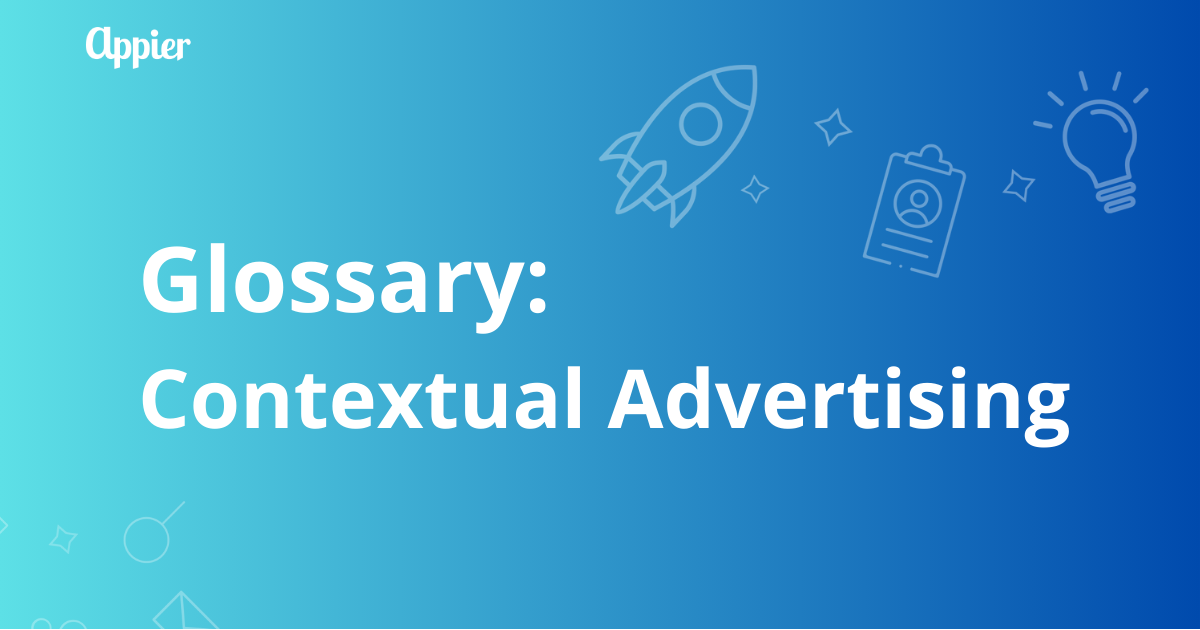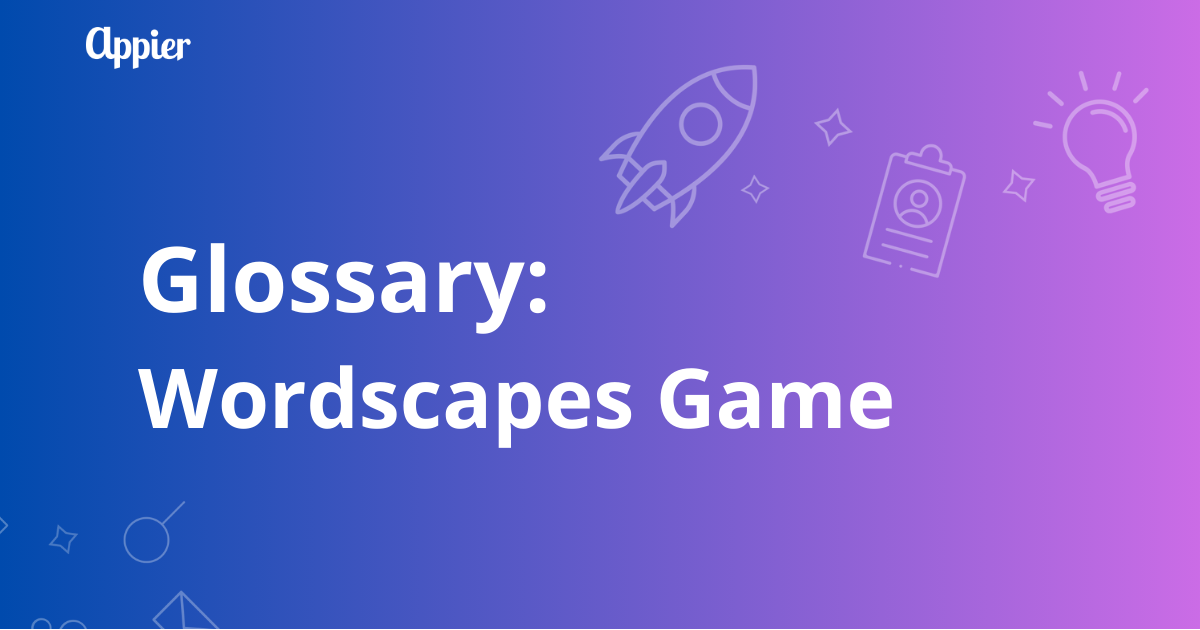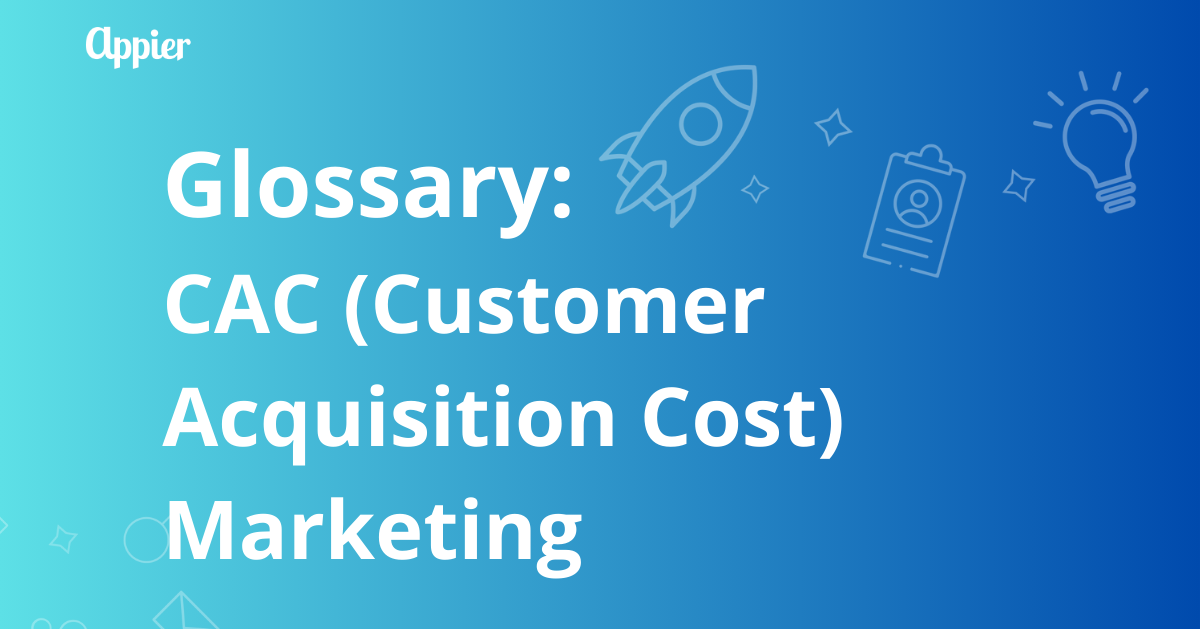5 min read
What is contextual advertising?
Contextual advertising is a form of online advertising where ads are displayed based on the content of the web page a user is viewing, not on their personal data or browsing history. For example, if you’re reading an article about running, you might see ads for running shoes or fitness trackers. This approach ensures that the ads are relevant to what the user is currently interested in, making them feel natural and less intrusive compared to ads that follow users around the web based on past behavior.
How Does Contextual Advertising Work?
Contextual advertising relies on advanced technologies like artificial intelligence and machine learning to analyze the content of web pages in real time. Here’s a simple breakdown of the process:
- Content Analysis: Algorithms scan the text, images, and even audio or video on a page to understand its main topics and themes.
- Keyword and Topic Matching: The system identifies relevant keywords and matches them with ads that fit those topics. For instance, a tech news article might trigger ads for the latest smartphones or software tools.
- Ad Placement: Ads are then placed in spots where they’re most likely to catch the reader’s attention without disrupting their experience.
This method allows advertisers to reach users at the right moment—when they’re already engaged with related content—boosting the chances of clicks and conversions.
Why Is Contextual Advertising Important Now?
With growing privacy concerns and the phasing out of third-party cookies, contextual advertising is becoming a go-to strategy for brands. Unlike behavioral advertising, which relies on tracking users across the web, contextual ads don’t require personal data. This makes them more privacy-friendly and compliant with regulations like GDPR.
For example, Google’s move to eliminate third-party cookies has pushed marketers to seek alternatives that respect user privacy while still delivering effective targeting. Contextual advertising fits the bill perfectly by focusing on content rather than users’ past actions.
Real-Life Examples of Contextual Advertising
Let’s look at a few scenarios to make this more concrete:
- E-commerce: Flipkart
Flipkart, a leading e-commerce platform in India, uses Product Contextual Ads (PCAs) to show users relevant products based on the keywords they search and the content they engage with. For example, if a user browses hiking gear, Flipkart's system may display ads for backpacks or water bottles, matching the user's current shopping intent and the context of their browsing session
- News Websites: Samsung
Samsung ran contextual ads for its Galaxy S25+ smartphone on tech news articles about the best fitness trackers of the year. Since readers of these articles are interested in technology and fitness, Samsung’s ad placement feels relevant and organic, increasing the likelihood of engagement and conversion
- Location-Based Context: Burger King’s “Whopper Detour”
Burger King’s “Whopper Detour” campaign is a classic example of location-based contextual advertising. Using its mobile app, Burger King offered customers a Whopper for one cent if they were within 600 feet of a McDonald’s location. This campaign used geo-fencing technology to deliver the offer based on the user’s real-time location, driving both engagement and foot traffic to Burger King stores
- Streaming Platforms: Amazon Prime Video and Hulu
Amazon Prime Video: Amazon has integrated contextual product placements into its streaming content. For instance, viewers watching a cooking show might see ads or product links for kitchen appliances featured in the episode, seamlessly connecting viewing context with relevant products.
Hulu: Hulu uses dynamic ad insertion to serve ads that match the genre or theme of the show being watched. For example, viewers of a drama series might see ads for similar upcoming movies or related products, increasing ad relevance and viewer satisfaction.
Key Benefits of Contextual Advertising
- Enhanced Relevance: Ads feel like a natural part of the user’s experience because they match the content they’re already interested in.
- Improved Performance: Contextual ads often see higher engagement and conversion rates since they’re more likely to catch users when they’re ready to act.
- Privacy Compliance: Since no personal data is required, contextual advertising is safer for brands and users alike in a world with stricter privacy laws.
- Brand Safety: By controlling the context in which ads appear, brands can avoid placements next to inappropriate or controversial content.
How to Get Started with Contextual Advertising
If you’re a marketer looking to leverage contextual advertising, here are some actionable steps:
- Define Your Target Topics: Identify the keywords and themes that align with your products or services.
- Use the Right Tools: Platforms like Google AdSense and other ad networks offer contextual targeting options that automatically scan and match ads to relevant content.
- Create Relevant Landing Pages: Make sure each ad links to a landing page that matches the user’s intent, increasing the chances of conversion.
- Monitor and Optimize: Continuously review your ad performance and adjust your targeting criteria to improve results over time.
Conclusion
Contextual advertising is making a strong comeback as privacy becomes more important to both users and regulators. By focusing on the content people are engaging with right now, brands can deliver ads that feel helpful rather than invasive. Whether you’re running a small e-commerce site or a global campaign, contextual advertising offers a user-friendly, effective way to connect with your audience.
Appier: Revolutionizing Full-Funnel Marketing with AI-Powered Solutions
In the fast-paced world of digital marketing, Appier gives you the competitive edge. Our AI-powered platforms analyze vast amounts of data in real-time, providing actionable insights that drive smarter decision-making. From automated ad targeting to personalized content delivery, we optimize every aspect of your marketing strategy.
As of 2024, Appier serves more than 1,700 customers globally, spanning various industries from finance to retail. The company's impressive client roster includes renowned gaming brands such as NEXON, SuperPlanet, Murka Games, TapNation, Gameduo.



